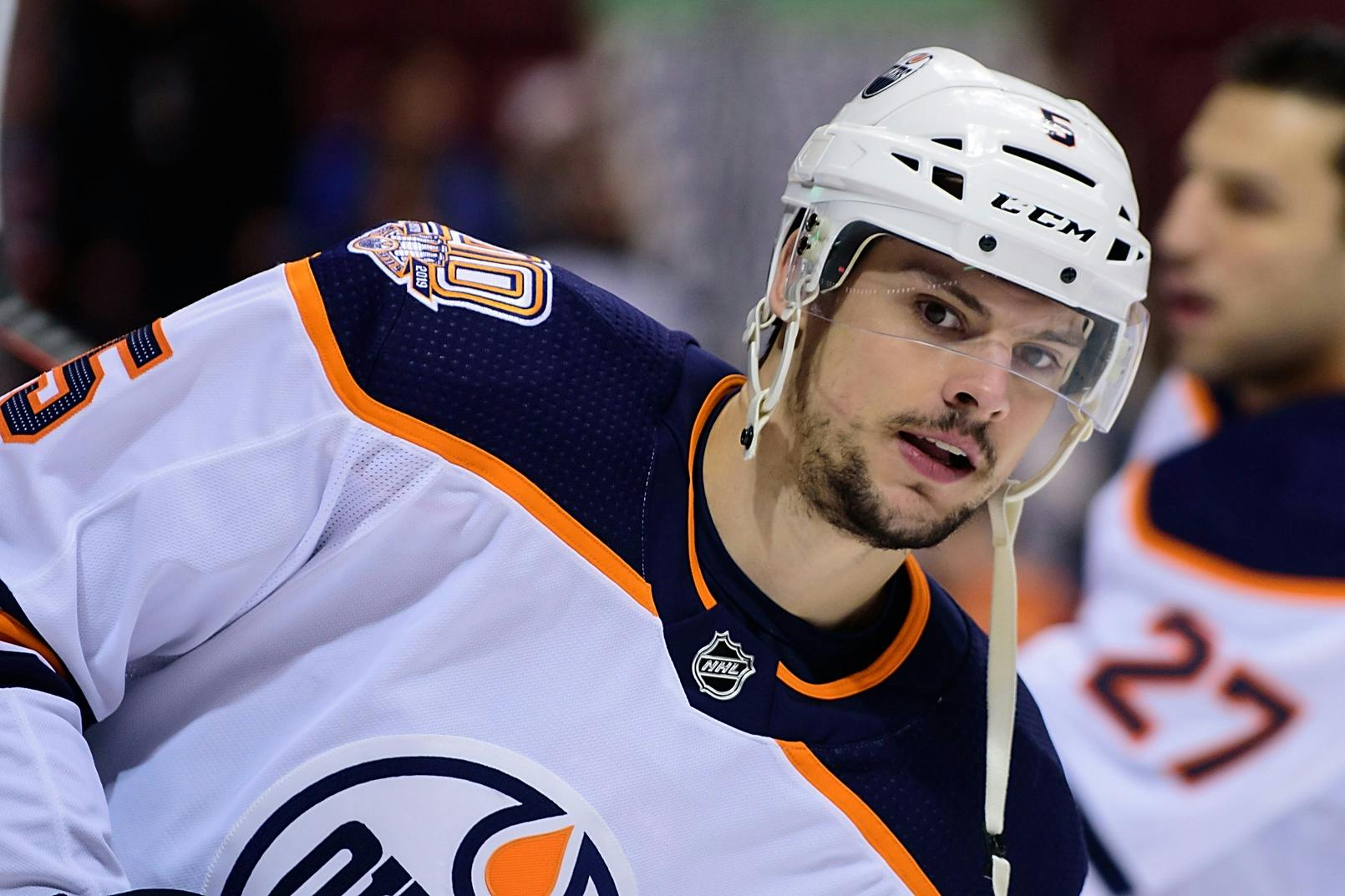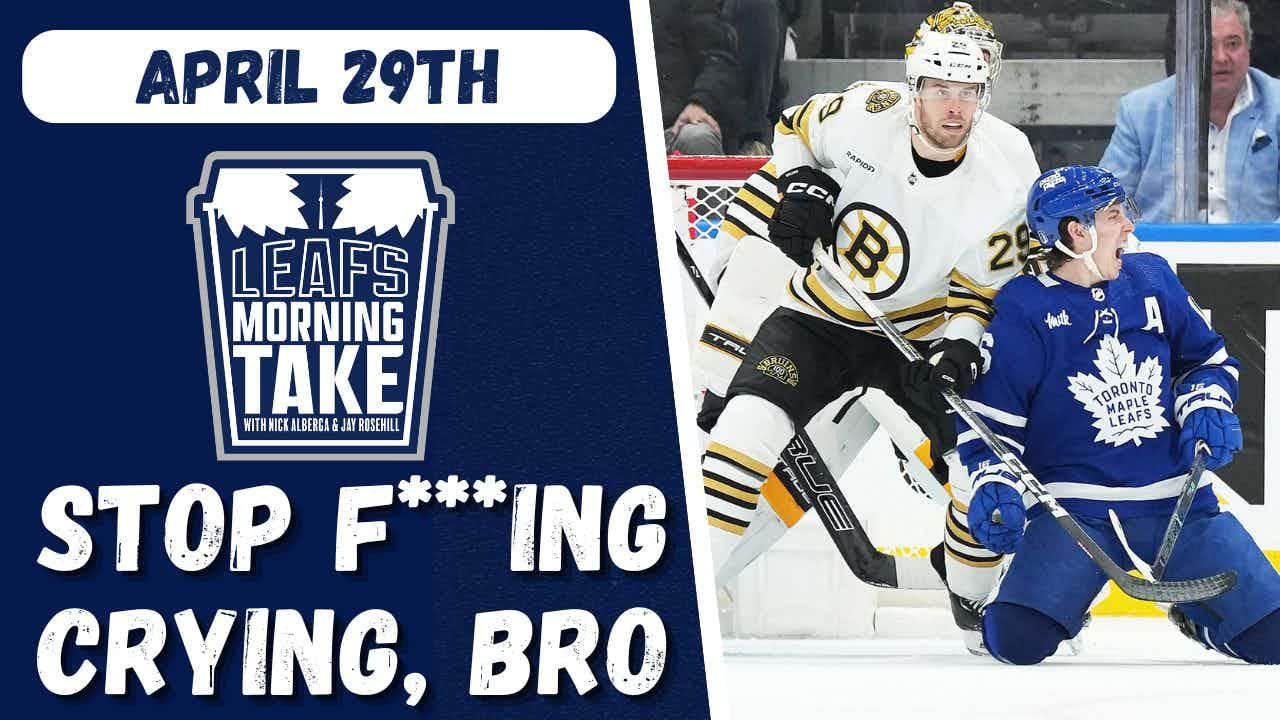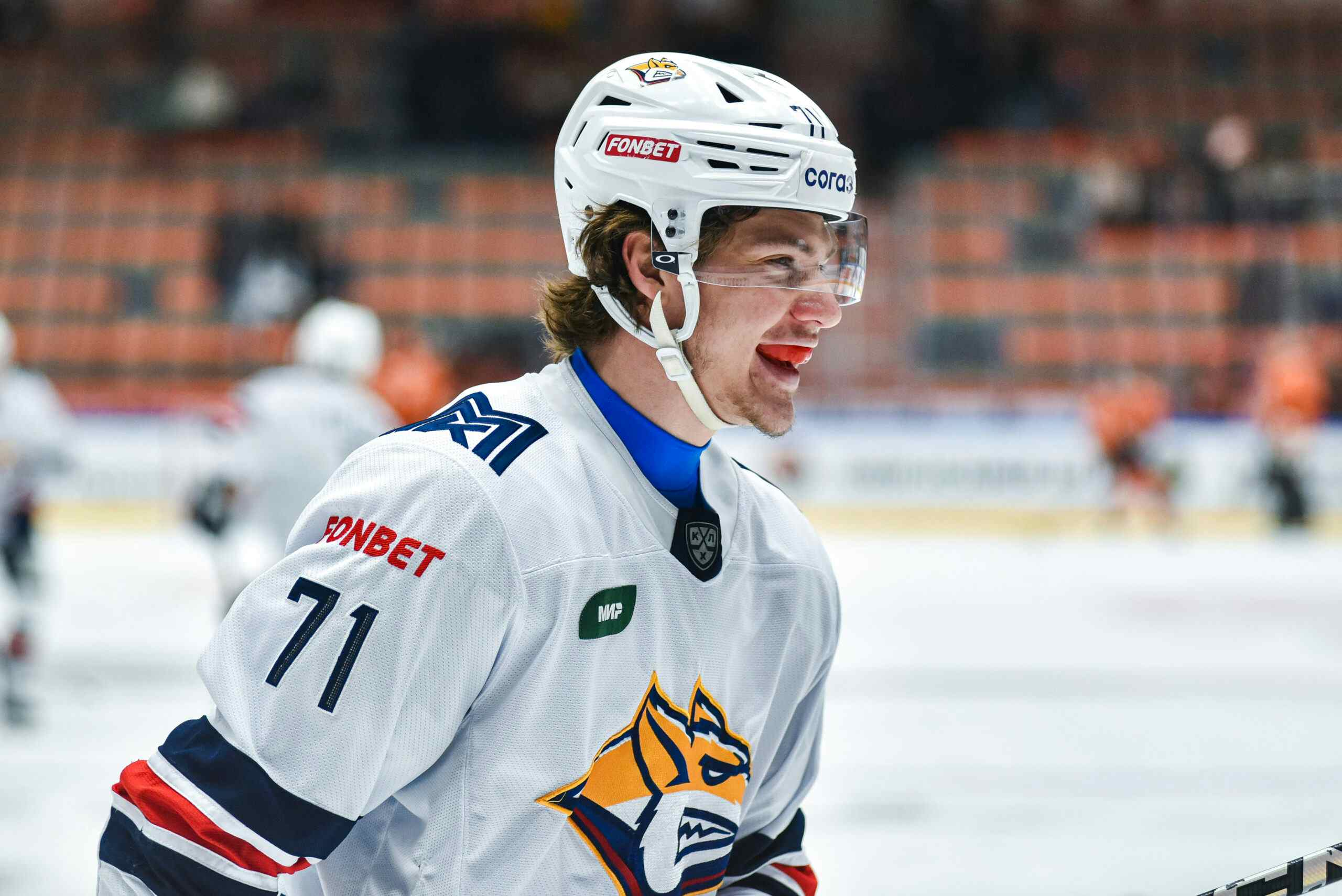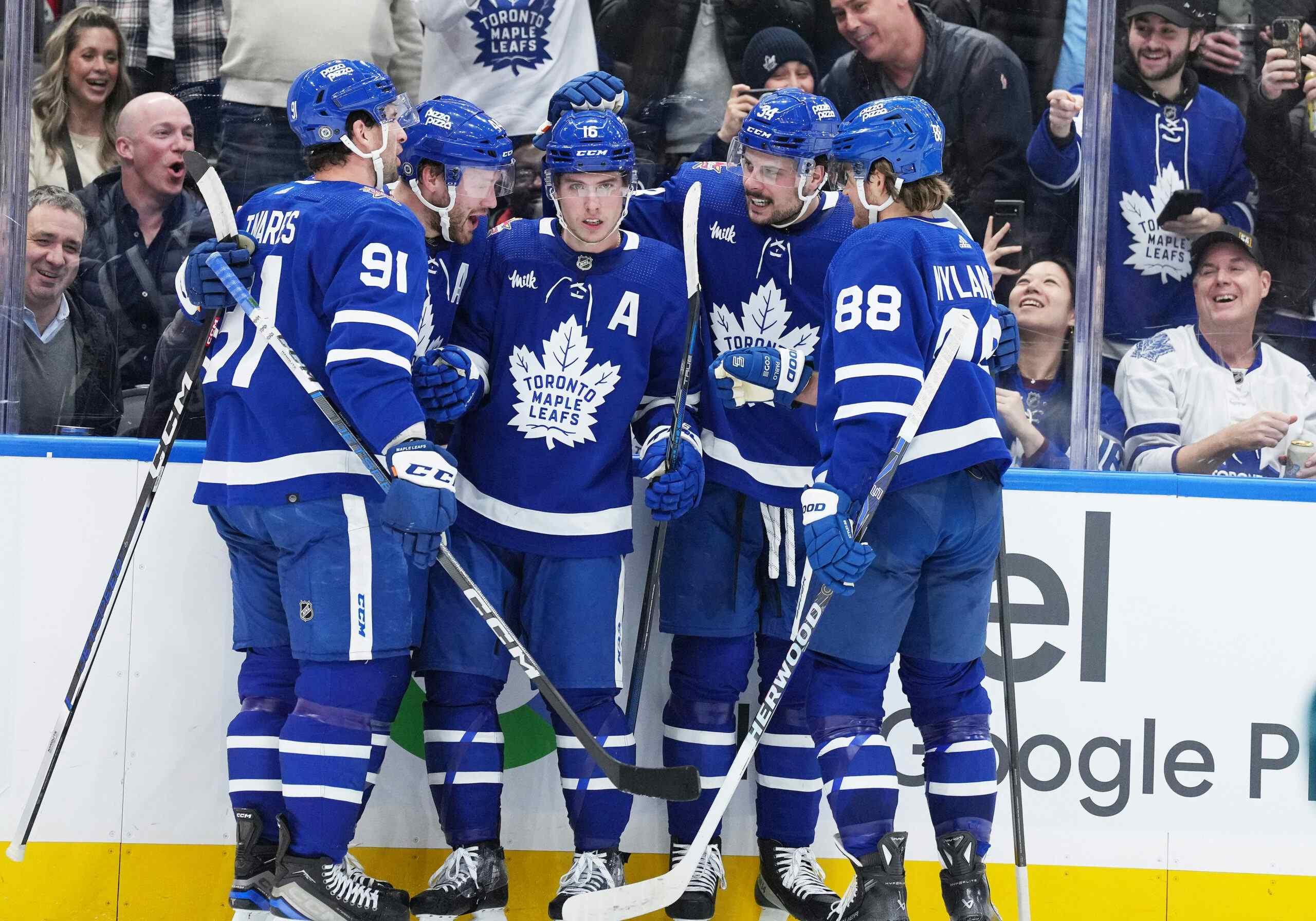Kevin Gravel could become a vital piece of the Leafs’ blue line

If you answered “who?” reading the headline, it’s alright. Being on the Edmonton Oilers does that to players that move on from them.
Kevin Gravel was one of the seven free agents that the Toronto Maple Leafs signed on the same day in the middle of summer. In the middle of a majority of fans most likely not paying attention about hockey whatsoever, the Leafs decided to sign all the depth they could handle in one fell swoop.
Gravel was the only defenceman of that group — a position that Toronto tried to fix this offseason.
The major transaction was acquiring Tyson Barrie from the Colorado Avalanche, while one of their key forwards in Nazem Kadri was headed the other way. A move that could potentially work out, or could wind up being a mistake if the Leafs are ever without Auston Matthews or John Tavares at any point this season and are wondering why their offence has suddenly dried up.
This summer focus of solidifying a group of six defencemen that could take them beyond the first round has potential, but it’s also taking a major risk changing up the personnel so drastically. Two defencemen that will most likely take up 70 per cent of the ice-time on the right-side of the blue line have never played for this team before. Barrie and Cody Ceci are high-risk acquisitions, but if they end up not succeeding, the contractual obligation doesn’t go past this season, forcing another summer that involves building a blue line for this hockey team.
If an “all-in” year exists in the current NHL landscape, the Leafs have it this year. But they have done the moves that — on paper — should improve their team from top to bottom, especially when it comes to depth.
Of course, every small defensive problem will suddenly be fixed with the signing of Kevin Gravel. He won’t have the overall impact that a player like Barrie, or any other potential All-Star blueliner will have, but the 27-year-old has the make-up of a defender that is extremely annoying to play against.
Through 36 games played and just over 525 TOI, he was able to come out of the season looking alright on a terribly-operated Edmonton Oilers team. Gravel certainly won’t put up the points to be noticed — he totalled three assists all of last year — but he is able to keep the opposition at bay and prevent scoring chances as best he could with the teammates around him.
When Gravel was on the ice at even-strength for the Oilers last season, they were able to have a 48.48 GF%. Comparing that to the team’s overall goals for percentage of 45.06 last season; in general, Gravel led to more success for the Oilers.
But context matters and comparing a player’s 36 games played to the team’s entire season is slightly arbitrary and unfair. Especially when it comes to actual goals scored, an event that should be considered rare, but in terms of shot attempts, Gravel had a mediocre 49.00 CF% at even-strength last season. Again, compared to the Oilers’ corsi for percentage of 47.98, the team was slightly better with the American defenceman on the ice.
It’s just separated by a couple percentage points, but the Oilers were generally a better team with Gravel compared to without, especially defensively. It’s the little things that he did well last year in Edmonton — simple takeaways or keeping the forward with the puck under pressure and not allowing them to get right into the heart of the high-danger zone.
In a game against the Minnesota Wild last year, Gravel (#5) did exactly that off of a defensive-zone faceoff situation. The pinching Matt Dumba was going to go behind the net to hopefully make a play, but he saw the play before it happened and was able to add pressure, forcing a turnover.
Of course that possession with the puck could have gone a bit better. Instead of dumping it, Gravel could have made more of a play with the puck, but the important thing is the defensive awareness and ability to keep up with a fairly agile skater in Dumba.
After a sloppy and awkward play in the offensive zone by the Oilers, Gravel was met by an oncoming Alex Iafallo (#19) rushing into the offensive zone with speed. But the defenceman was able to keep him to the outside — somewhere he did not want to be — and strip possession behind the net.
Using these two plays as examples, Gravel has a knack for being able to minimize on-coming pressure and limit the opposing scoring chance potential. If he was able to consistently do this while in Toronto, he could suddenly become an extremely useful defenceman.
It would limit the offensive ability of the lineup that includes the ex-Oiler, but overall it would be worth it for a team that is already overflowing with offensive ability. He has enough skating ability and awareness to essentially be the modern-day shutdown defenceman. As broad and trendy that term is to describe a player, if Gravel is given the right opportunity, he will be able to provide immense value.
Just last season, in those 36 games played for Edmonton, using EvolvingWild’s Goals Above Replacement (GAR) metric — measuring how many “goals” a player of the same position is worth above a player readily available on waivers, etc. — Gravel was worth a total of 3.4 GAR.
That is a straight-to-the-point summary of what he was able to produce on the Oilers last season. In context, 82 games of Darnell Nurse last year was 3.2 GAR; and someone that is a little bit closer to our hearts, Nikita Zaitsev, had a -2.8 GAR last year.
The single-number summary metric is broken down into different categories and there are areas where Gravel was able to be extremely valuable for Edmonton last season. At even-strength, Gravel had a 1.6 GAR, shorthanded was 0.8 GAR, and just by drawing and not taking penalties, that was worth 1.0 GAR.
All of these minor areas add up to a single value and through just 36 games, he was overall more valuable than someone like Nurse on the Oilers blue line.
These are just the results from the data. Taking everything into consideration beyond points and providing a simple number to determine a player’s worth above an average NHL player. It’s not everything, but it shines a light on a player like Gravel that could be utilized in a new role and help a team win some games.
At the age of 27, there isn’t a long-term plan for him. He only has 106 NHL games of experience and has never played a full season. If he is able to impress early and get some of that defensive responsibility on display for the Leafs, he should at least be considered for a permanent spot on the bottom pairing for this upcoming year.
There are jobs available for Gravel to take, it’s just a matter of impressing throughout the next couple of weeks and into the start of the season. There are only four defencemen that will surely have a spot on this blue line once the puck drops on Oct. 2, the newly-signed Leaf will need to battle out the remaining spots with the likes of Martin Marincin, Ben Harpur, Jordan Schmaltz, Justin Holl, and the two top prospects in the Toronto system.
It’s not the most established or high-potential group of defenceman — other than Sandin and Liljegren — so Gravel might have a major opportunity for the first month of the season while Travis Dermott is out with his shoulder injury.
If he is able to perform well, then the Leafs suddenly have a very defensively-capable bottom-pairing defenceman for a season where they are hoping to contend for a championship.
It’s a big “if” with a lot of minor details depending on it, but Gravel has shown just last year that he could be valuable to a team trying to go for it all this year.
Recent articles from Thomas Williams





